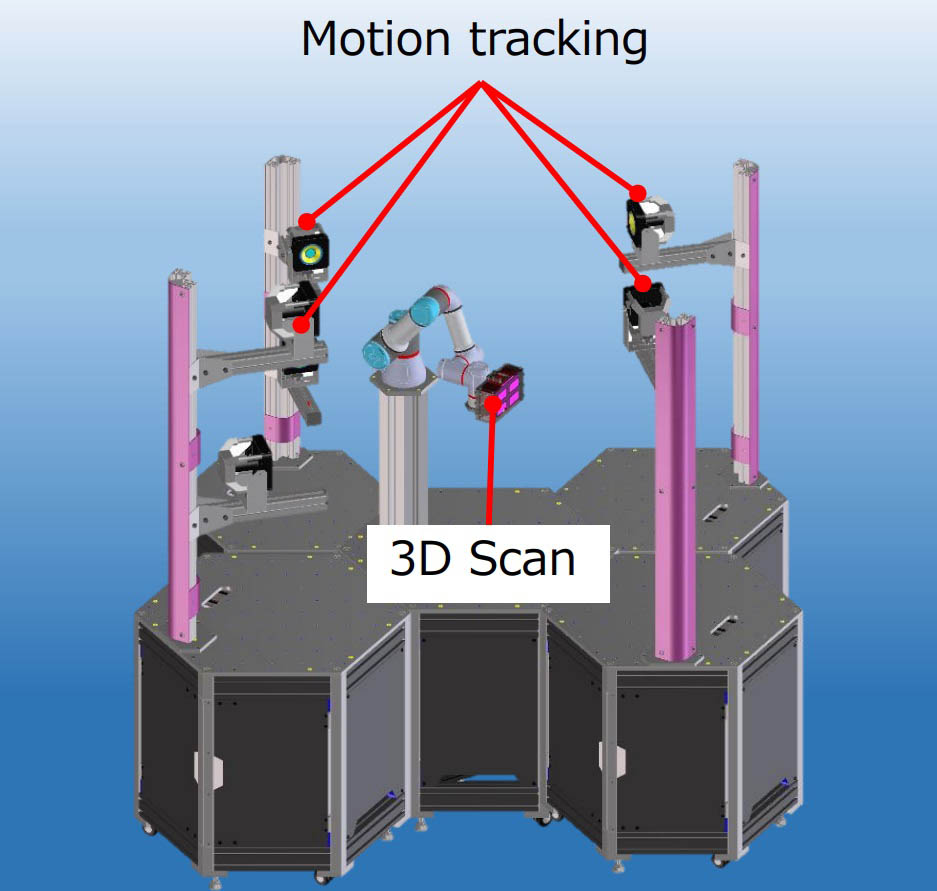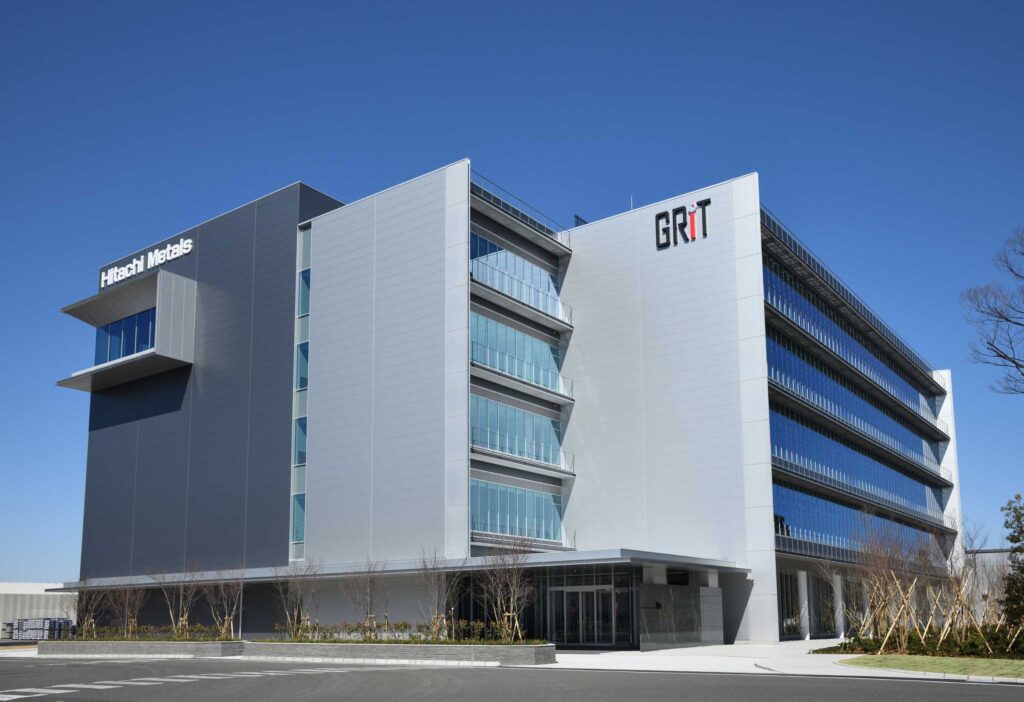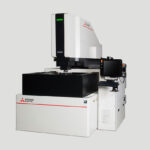ASIA ELECTRONICS INDUSTRYYOUR WINDOW TO SMART MANUFACTURING
AI to Boost Accuracy of Inspection System
Hitachi Metals, Ltd. has adopted the newly developed Nandemo Inspector, a system that autonomously performs visual inspections of components. It grasps the shapes of products by deep learning using artificial intelligence (AI) ahead. The system reduces by more than half the time required for inputting necessary information.
The company aims to offer users high precision and general versatility with the deployment of Nandemo Inspector. At the same time, it will seek development partners and offer the system to external companies.

Relied on Skilled Workers
Hitachi Metals’ portfolio include special steels, castings, metals, and magnets. In the past, operators set the object to be inspected in a given place to determine faulty points, like flaws and defects. They are judged by visual inspection, and operators record the results. These works largely relied on experiences of skilled workers.
Although the works are partially automated, it is difficult to support various products widely. Bottlenecks have resulted to lower accuracy, lack of general versatility, and long development man hours.
Improves Efficiency
To overcome these challenges, Nandemo Inspector divides the handling of products into processes, such as picking, handling, and judgement. These processes are automated as units.
Nandemo Inspector also flexibly meets the needs of customers who want picking function and want to use AI function based on the conditions of production sites. This feature allows the installation of the necessary units only.
In the picking process, Nandemo Inspector independently grasps the shape of products using deep learning and trajectory planning, and generates tracks. It operates the robot via software.
In the handling process, Nandemo Inspector automatically calculates inspection points (imaging attitudes). This is performed after specifying the three-dimensional (3D) model and inspection content of the target product on software. It automatically generates a track planning that connects inspection points with the shortest distance, and operates the robot via software.
In inspection judgement using two-dimensional (2D) model, like camera and optical lighting system, AI learns by repeating judgments and improves accuracy by itself. Initially, various erroneous detections of points other than inspection points happen. However, with the increase in the number of learning, erroneous detection decreases and approaches zero. Compared with conventional rule-based judgement, high accuracy can be expected and reduction of the time for constructing an algorithm for each product.
Nandemo Inspector adopts a mechanism that enables categorized classifications (OK, NG) by unit of pixels. In 3D scanning, it measures external dimensions and calculates difference through fitting with the CAD model. Thus, it inspects whether actual products have proper dimensions. Using motion tracking, it can measure external dimensions with accuracy of ±0.1mm.

Seeks Partners
Hitachi Metals has already installed Nandemo Inspector in its own factory. It has been receiving many inquiries, and has high expectations of use at production sites. In the future, the company will work to apply AI judgement software and automate processes from gripping to AI judgement. It will employ automation of gripping for in-house demonstrations.
The company also eyes collaboration with development partners, in particular, in the simulation of optical systems.
In the coming months, Hitachi Metals will hone the algorithm of determination software. It will establish a system for in-house demonstrations and apply it to other factories in stages. It is also conducting interviews on the needs of customers who are showing interests in the inspector. After increasing the application cases in-house, the company will consider offering Nandemo Inspector as an inspection solution.
The company has been working with ExaWizards Inc., a Tokyo-based AI venture, and NTN Corporation in systems development. Nandemo Inspector will also meet the needs for remote operations and labor savings at production sites amid the COVID-19 pandemic.
Promote R&D Materials
The company’s Global Research & Innovative Technology center (GRIT) led the product’s development. GRIT was established targeting the promotion of research and development of advanced materials that contribute to sustainable growth and society in the medium and long term. The company has been developing materials and technologies that can be deployed horizontally in-house, including the development of new businesses and digital technologies.

Nandemo Inspector has been developed as the company deploys diverse requirements and technology elements in the company under the cross-organizational structure.
The number of skilled workers has been decreasing, and transfer of knowledge and skills to the next generation has become a challenge. According to the company, research and development that leads to solving social issues is one of the axes of GRIT. It is expected to solve issues, such as the shrinkage of the working population as well
Moves to promote automation of inspections have also become active among materials companies, including the JFE Group. The company has developed an inspection technology to detect problems, such as unevenness.




